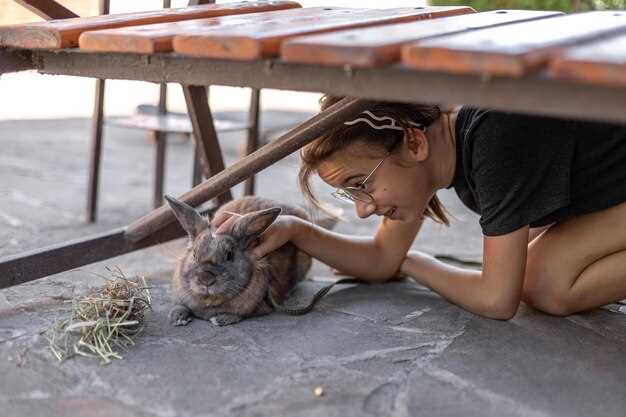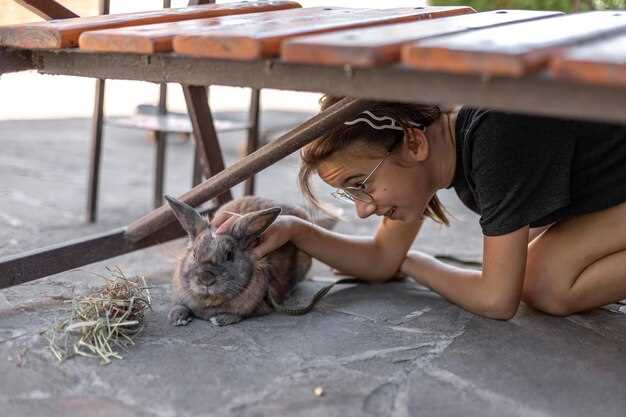
When it comes to cooking small game, such as rabbits and squirrels, the first step is understanding the importance of proper cleaning techniques. These practices not only ensure the safety of the meat but also enhance its flavor and tenderness. To fully appreciate the culinary potential of these small game animals, hunters and home cooks alike must become familiar with the steps necessary to prepare them for cooking.
The process of cleaning involves several key stages, starting from field dressing to the final butchering. Understanding the anatomy and behavior of these animals can aid in more efficient cleaning and processing. This knowledge is crucial, as it allows individuals to minimize waste and maximize the quality of the meat. Learning how to properly handle rabbit and squirrel carcasses will not only improve one’s cooking skills but also promote a respectful approach to utilizing the resources provided by nature.
In this article, we will delve into the specific steps required for effectively cleaning rabbits and squirrels, providing you with the essential skills to transform these small game animals into delicious meals. By mastering these techniques, you will be well on your way to enjoying the rich flavors that come from home-harvested game.
Preparing Small Game for Cooking: Rabbits and Squirrels

Cleaning small game such as rabbits and squirrels is a crucial step to ensure the best flavor and safety for consumption. Begin by gathering your materials: a sharp knife, a clean cutting board, and a bucket for waste. It is essential to work in a clean environment to avoid contamination.
Start by hanging the animal by its hind legs. For rabbits, make a small cut around the hindquarters, then pull the skin downwards to remove it easily. For squirrels, make a similar incision at the base of the tail and peel the skin off while being cautious of the meat underneath. Use your knife to assist in the process without puncturing internal organs.
Once skinned, place the animal on the cutting board. Carefully remove the entrails by making a shallow incision along the belly, being mindful to keep your knife away from the intestines to prevent any spillage. After removing the internal organs, rinse the carcass with cold water to eliminate any residual blood or contaminants.
Your small game is now ready for cooking. Consider using the entire animal for various culinary preparations, including stew, roasting, or grilling. Proper cleaning is vital for enhancing the meat’s taste and ensuring a safe dining experience.
Step-by-Step Guide to Cleaning Rabbits

Cleaning rabbits is an essential skill for anyone interested in preparing small game. Follow these steps to ensure a clean and efficient process.
- Gather Your Supplies:
- Sharp knife
- Cutting board
- Bucket for offal
- Clean water for rinsing
- Disposable gloves (optional)
- Prepare the Workspace:
Select a clean, outdoor area to work. Sunlight can help reduce contamination from bacteria.
- Place the Rabbit on the Cutting Board:
Ensure the rabbit is positioned with its back facing down.
- Make the Initial Cut:
Make a small incision just below the rib cage to avoid puncturing the organs. Use the knife to carefully slice through the skin and into the abdomen.
- Open the Abdomen:
Extend the cut upwards towards the chest cavity, ensuring you do not slice into the internal organs.
- Remove Internal Organs:
Carefully pull out the organs, starting with the intestines and then the liver and heart. Place them in the bucket for disposal.
- Skin the Rabbit:
Begin at the hind legs and cut around the legs to loosen the skin. Pull the skin away from the meat, using the knife as needed to detach it. Work your way up to the head.
- Final Clean-Up:
After skinning, rinse the rabbit thoroughly with clean water to remove any residual blood or debris. Pat dry with a clean cloth.
- Store the Rabbit:
Wrap the cleaned rabbit in plastic or butcher paper and place it in the refrigerator if not cooking immediately.
Following these steps will ensure your rabbit is cleaned properly, making it ready for cooking or storage. Always prioritize hygiene to maintain the quality of the meat.
Proper Techniques for Processing Squirrels
Processing squirrels requires a series of steps to ensure the meat is clean and properly prepared for cooking. Start by selecting healthy specimens, as this impacts the quality of the meat. Once you have your squirrels, the first task is to ensure a clean working environment. Gather your tools, which should include a sharp knife, a pair of gloves, and a clean cutting board.
Begin the cleaning process by removing the fur. Make a shallow incision in the skin at the back legs or the hindquarters. Carefully peel the skin away from the body, taking care not to puncture the organs. Use your knife to cut around the limbs and remove them, as this makes the skinning process easier.
After skinning, you need to clean the body cavity. Cut along the belly, from the base of the rib cage to the groin area, ensuring not to cut too deep to avoid damaging organs. Remove all internal organs, such as the heart and lungs, and dispose of them properly. Rinse the cavity thoroughly with cold water to remove any blood or residue.
Once cleaned, wash the exterior of the carcass as well. Make sure to remove any remaining hair or dirt. After rinsing, pat the squirrel dry with a clean towel or allow it to air dry. This step is critical for preventing contamination and ensuring better flavor during cooking.
After processing, you can either cook the squirrels immediately or refrigerate them for later use. If storing, wrap them tightly in plastic wrap or place them in a sealed container to maintain freshness. By following these proper techniques, you ensure that your squirrels are clean, safe, and ready for delicious meals.
Tips for Storing and Preparing Small Game Meat
When handling small game like rabbits and squirrels, proper storage and preparation are crucial for maintaining the meat’s quality and safety. After harvesting, promptly clean the game to prevent any contamination. Use a sharp knife to carefully remove the entrails and ensure the internal cavity is free of blood and organs. Rinse the meat with cold water and pat it dry with a clean cloth, which helps reduce bacterial growth.
For short-term storage, keep the cleaned game meat refrigerated at temperatures below 40°F (4°C). Use airtight containers or zip-lock bags to prevent moisture loss and odor absorption. Ideally, consume or freeze the meat within a few days to preserve its freshness. If opting for long-term storage, consider vacuum sealing the game meat. This method removes air, reducing freezer burn and maintaining flavor and texture for several months.
When preparing the meat for cooking, ensure all utensils and surfaces are sanitized to minimize the risk of cross-contamination. If marinating, use a separate dish to avoid using the same container that held raw meat. Prior to cooking, check for any remaining hair or debris, and trim any excess fat, as it can contribute to an unpleasant taste. Cooking small game at appropriate temperatures is essential; aim for an internal temperature of at least 160°F (71°C) for safe consumption.
By implementing these storage and preparation tips, you can enjoy delicious meals from your harvested game while ensuring food safety and optimal flavors.

